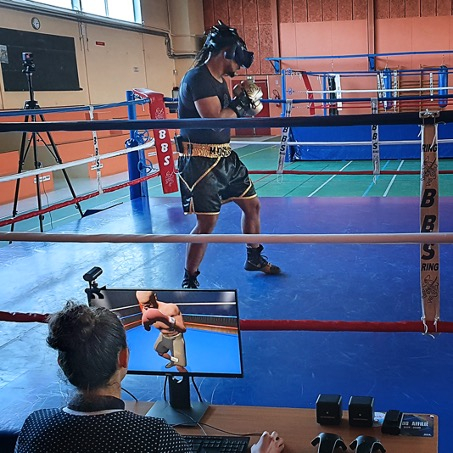
Introduction to Augmented reality in sports
As an athlete, you are always looking for a leg up. Whether that be through optimized nutrition, a well-balanced sleep schedule, performance specific strength and agility training, or intense practices, every single athlete is on the hunt. In a new age of advanced technologies swarming nearly every industry, the sports training industry seems to be falling behind. But, Virtual reality is slowly seeping into the world of youth sports and is proving to be the next key progression in sports training.
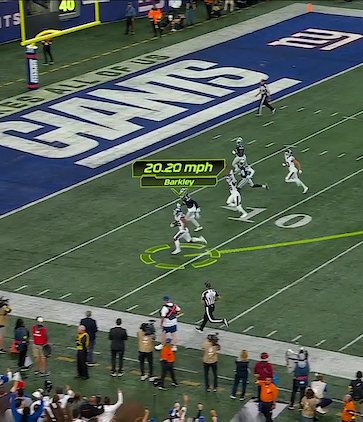
While you may think that virtual and augmented reality is far from the sports industry, you would be mistaken. While the use of VR during training is in the early stages, augmented reality is abundant in every sport you watch. From wondering where the first down marker is in football, to seeing how fast the player ran, AR is aiding the viewing experience of modern age sports.
How is VR being used to help training?
With AR overtaking viewership, you may wonder about the lack of new training methods. Unfortunately, training is dominated by coaches who are “old school” who coach by making outdated statements and just plain wrong ideas. As an elite junior athlete, I had a coach who would criticize me with outdated comments such as “pain is weakness leaving the body” and “no pain no gain”. Fellow athletes, I am sure something along those lines has haunted you throughout your career. But in a time in which virtual reality is present in nearly all other fields of work, it brings up the issue of why VR is not used in youth training. Because of the cost and complexity of VR training, it began being used at just the top levels. Although this technology might seem far away from the development process in youth sports, it is closer than one may think.
One example of VR is the REVEA Project, a project operated by the National Research Agency of France, is a project aimed at improving Olympic performance for boxers, shown in the image to the right. This helps with improved fighter safety since this technology takes out the impacts of sparing.
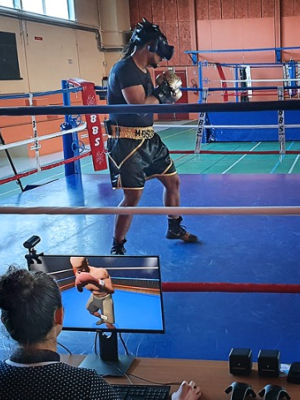
Technology developed by REVEA has motion sensors that track movement patterns which can be quantified which could then map the boxer's anticipatory performance. Once this data is quantified, the French Boxing Federation and INSEP scientists work together to create a plan to train the boxer based on the data collected from the test.
Already, REVEA has already propelled the French boxing federation to receive three different medals at the 2024 Paris Olympics, 3 more than the Olympics prior. Additionally, Université de Rennes has worked with goalkeepers through the French football club: Stade Rennais FC. Through similar technology, it teaches goalkeepers to better manage their peripheral vision, and deal with far more irregular shots than they would in a traditional practice. This training affected the team as they sit in the top 10 of goals conceded in French Ligue 1. Additionally, this type of training is extremely accessible with many VR games on the Meta Quest 3. Games make the user attempt to save shots at an irregular pace and odd angles, simulating real game-like situations. This application makes training far simpler since one would not need other players taking shots at them.
Overcoming limitations of traditional training
Athletes often lose valuable training time due to weather, field or court conditions, or the availability or cost of coaches or other participants to train with.
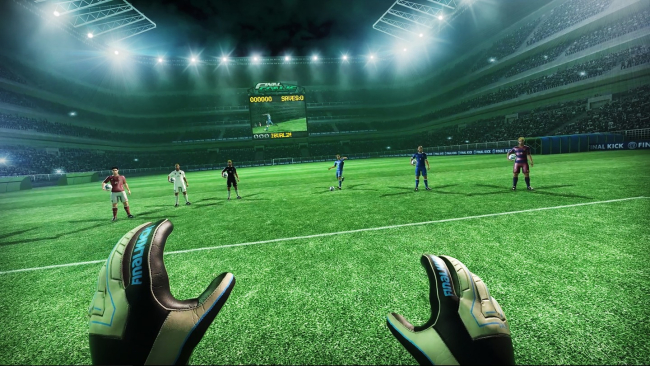
Virtual training is something that can override all of this. Living in an environment such as Rochester, as a tennis player like myself, tennis is a sport for 8 months of the year that is indoor with limited court availability. Using VR training can solve this issue Although in the past price and affordability has been in issue within the virtual reality spaces, that problem is being addressed with dropping costs of advanced training tools such as the Meta quest 3, which is currently selling for under $500. As coaches and trainers are getting more expensive, the investment in virtual reality training could be the best financial way to combat the rising costs of youth sports development. $1000 for hitting lessons or 100$ per hour of lessons is an idea of the past in the new age of training in VR.
How my VR Headset experience inspired me
As a student at the University of Rochester, my only VR experience in my life has been in the StudioX and it truly changed my perspective on Virtual Reality. However, some experts such as Ophelia Deroy believe, you need to be physically feeling, touching, or grasping your experiences. She believes that VR cannot be beneficial since it is not “real” She explains this idea in her article, Why you need to touch your keys to believe they’re in your bag. Before putting the headset on, I was truly unaware of how immersive this technology is. During my experience at Studio X, I was riding on roller coasters shooting dinosaurs around me, and delivering presents in the persona of Santa Claus. But for many, this immersive experience is truly beneficial, not just for fun. As you set your boundaries on the headset, you truly feel the sensations of the world in front of you. Overall, my VR experience highlighted the importance of immersive training and made me realize how beneficial this training can be for youth athletes.
How can VR be applied to your sports training?
Now that we have a detailed understanding of the implications of VR, I would like to explain some uses that you, your children, or any athlete can implement into their training in an attempt to garner success on the field or court. These examples are all accessible from the comforts of your own home, without the hassle of sports science labs, thousands of dollars invested, and the time spent traveling. Applications such as these are going to be the future of youth sports development and are the stepping stools of innovation of VR in the youth training space.
|
Tennis: Match Point Tennis (Accessible on the Meta Quest 3) Game in which users can practice all shots while choosing the speed that their “opponent” hits at. Helps users improve skills such as reaction time and decision making. |
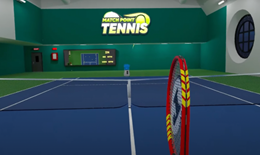 |
|
Boxing: REVEA Project |
 |
|
Football: REPS virtual reality sports training platform (Accessible on the Meta Quest 3) REPS takes live footage through 360º Cameras of collegiate football practices and helps Quarterbacks read live defenses, a tool otherwise needing 21 other players. |
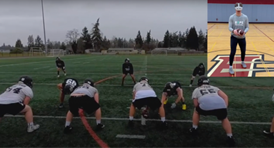 |
|
Golf: OmniSight Interactive Allows golfers to get a view of the course prior to a tournament. For junior players who have never played the course prior to a tournament, this feature could be important to aid their course management skills and overall outcome of the tournament. |
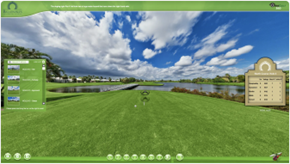 |
| Baseball/Softball: Win Reality is an application on Meta Quest 2 and 3 to help youth baseball and softball get experience with live pitches. Additionally, the application gives swing tips as you swing at the pitches the simulation is “throwing” at you. As a batter, to see live fast pitches, you would need a pitcher similar in skill level. Now, all you need is access to your headset. This program is already used in many of the top college baseball programs, meaning youth sports will adopt the software very soon. |
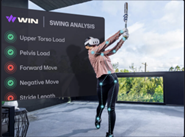 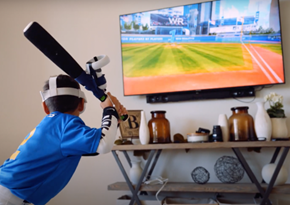 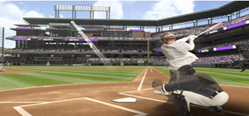 |
These examples shown are just the first step in what will be a revolution of youth athletics. While aiding your kids' athletic journey, it is important to remain in control of their training. Remember: although VR training can be used as a great tool athletes that have shown success using VR only use that as one piece of the puzzle. While VR will be crucial it is not the end all be all of our solutions of the future.
Image Sources:
Image 1
Image 2
Image 3
Image 4
Image 5
Image 6
Image 7
Image 8
Image 9
Image 10


